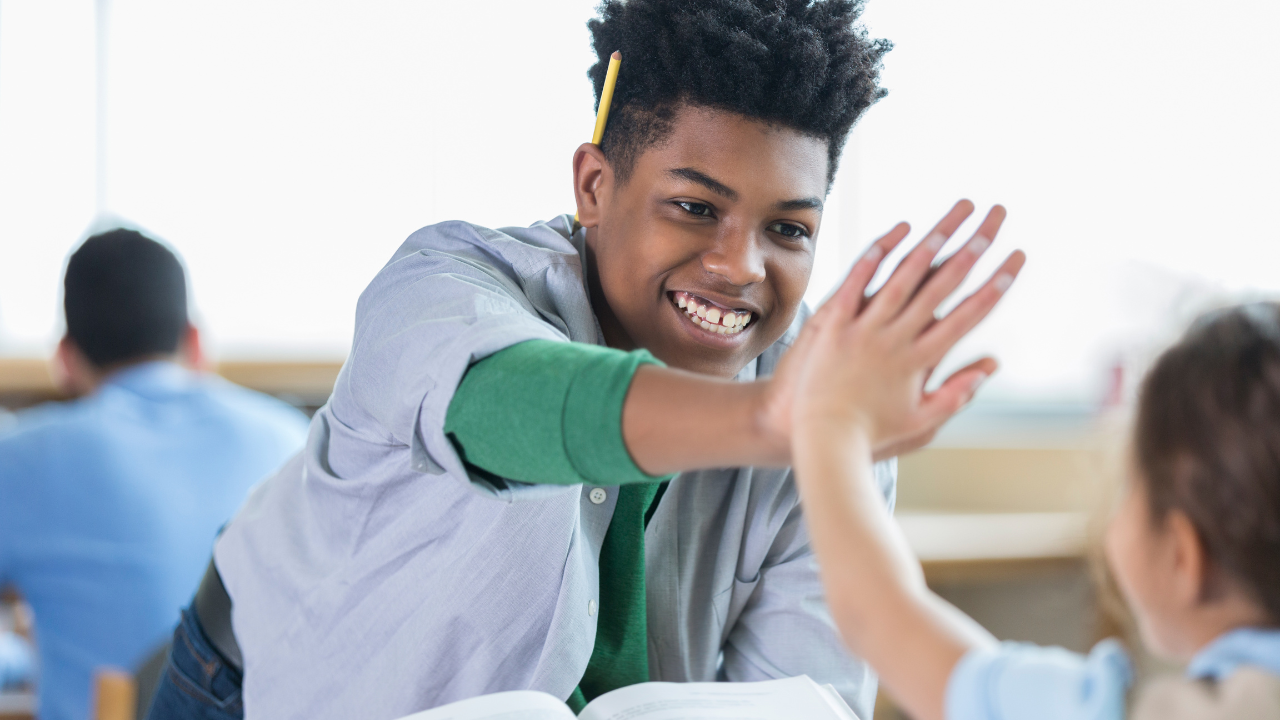5 Tips to Reach Your Intervention Goals!

Learning to read proficiently is not an easy task for most students without explicit, systematic instruction. Current US reading scores indicate that 67% of all 4th graders are reading at basic or below basic levels.
This fact is leading to many conversations about…
- how we teach reading
- what is necessary for classroom instruction
- how we help struggling readers
We know that early readers, whether they are identified with dyslexia or not, really need appropriate instruction in the elements of word recognition, phonemic awareness, knowledge of phoneme and grapheme correspondence, and accuracy and automaticity of reading and spelling of words in the text to help them break that reading code.
So, how can we keep our eyes on our goal of creating proficient readers and writers?
Here are five tips you can use to ensure you reach your intervention goals:

1. Precision in language
Be sure that the words you use and the language you use include clear explanations of things. Speak clearly and avoid being overly wordy. Remember that dyslexia is a language-based learning difference. When we are overly wordy, it can become confusing for our students.
When applying this to our teaching, you want to be concise and hit the point in a carefully organized way, always remaining cautious that you are not taxing your student or overwhelming them with too much wordy information. You also want to avoid giving too many steps or asking students to multitask.
Making instruction tight and concise does not mean you are lessening the content. Additionally, you can use visuals, hand motions, and short, catchy rhymes.
Another important aspect of precision in language is ensuring the same terminology is used across the board between the classroom teacher, the interventionist, the private tutor, and the parents or caregivers.
2. Multi-sensory instruction
Check your multi-sensory instruction. Make sure it's being done simultaneously, meaning that you are hitting multiple senses at the same time. Within that consideration, we also want to be mindful of scaffolds.
Scaffolds are obviously good teaching practice but we want to remove them over time. Yes, a scaffold should be there in the beginning, but the goal is to build our students to greater independence through the gradual release of responsibility. Be cautious not to over-scaffold and stay aware of when it is time to remove said scaffold.
Be considerate of the time and the place of the scaffolds you’re using. Teaching is a craft and knowing when to do what is no easy task.
To learn more about the gradual release of responsibility, read 3 Steps to Gradual Release of Responsibility!
3. Prioritize review
Be mindful of what and how you're bringing review into lessons. Consider how you will use that review to springboard into new learning. When you review something, you always want to link it to new learning.
Also be aware that you always have a spiral, cumulative review. Think carefully about the review and how that review activity is going to inform you.
That spiral review is so important because our students need more repetition to create those neural pathways in their brains.
For ideas to gamify your review, listen to Season 1, Episode 11: The Importance and Benefits of Playing Games with Your Students
4. Corrective feedback
Think carefully about how you are prompting while providing corrective feedback. Corrective feedback is informative. Through careful prompting, we guide students to tune into their meta-cognition. Helping them to be more aware and reflective is really at the heart of our interventions. We can carefully prompt and provide certain leading questions.
Think about how you are prompting your students when you see something that needs to be corrected. Corrective feedback is an art form. You may need to modify and refine based on the student in front of you.
5. Keep the primary goal top of mind
When planning, don't lose sight that your primary goal is to close the reading gap! Make sure that your teaching is always coming back to, “How are we moving forward?”
The goal is to help our students make effective progress. You may see other educators, teachers, and tutors making quick wins on social media. And those may seem helpful… however, the most helpful action items for helping your students reach their goals are those listed above. When you focus on these five areas, you will see BIG wins.
For even more on reaching your intervention goals, check out our latest episode of the Together in Literacy podcast. If you like what you hear, don’t forget to rate, leave a positive review, and subscribe!
Looking for strategies and resources?
Sign up for our newsletter for news, resources, and freebies delivered straight to your inbox.
We hate SPAM. We will never sell your information, for any reason.
